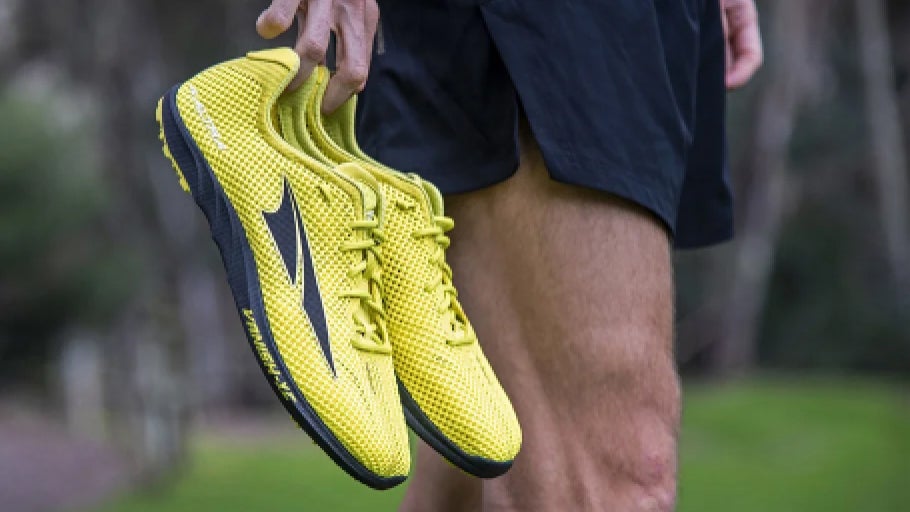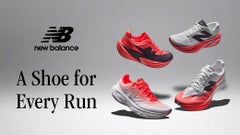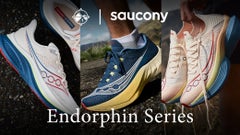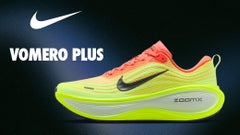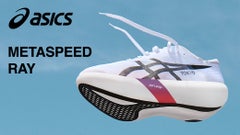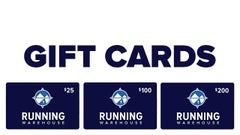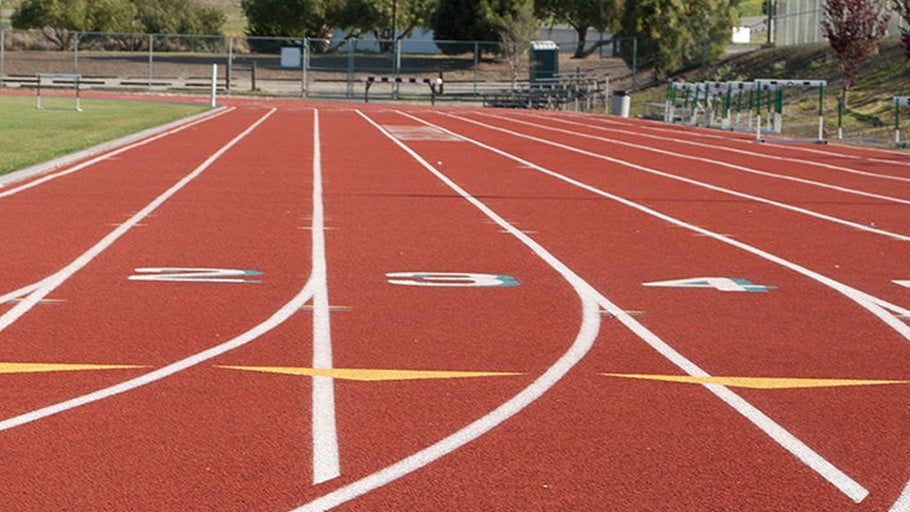
How to Choose Track & Field Spikes
Welcome to the wonderful world of track and field! If this is your first year participating in track & field meets, the wide variety of different track shoe options, price ranges, and events to participate in can be a little overwhelming. At the beginning of your track career you will likely participate in several different events until you figure out which one you like best and once you do, there are a vast array of options for your specific event. But whether you're picking the Best Track & Field Spikes and Shoes for Beginners, or upgrading your spikes and shoes to match your experience with your event, Running Warehouse is here help you navigate the options and to help you find the best spike for your needs.
Step 1: Choose Your Event
Determine Which Kind of Spike to Buy
Beginners
If this is your first year participating in track and field, you may be trying out several different events, and it's probably not realistic to buy specific spikes for every event you hope to try. In this case a Multi-purpose track & field spike will be the most versatile and is the best starting point. There are 16 events in high school track & field – a Multi-Purpose Track & Field spike works perfectly for 14 of those events outside of the shot put and discus. These spikes are affordable, lightweight, durable, more comfortable, have additional cushioning and are designed for use on any track surface (dirt, asphalt and all-weather rubber).
Experienced Athletes
Once you have had a season or two of experience you and your coach should have a good idea of where your talents lie. At this point consider a spike or shoe designed specifically for your event(s). Shoes for Throw Events or Jump Events will be very different from shoes designed for the running events. For example, not all track and field shoes need spikes. Throw shoes designed for the Discus, Hammer, and Shotput feature either Smooth or Textured outsoles based on the thrower's technique. To make finding the right track shoe easier, we have broken down the different events below and included links to the spikes designed for those events.
| Track Event | Spike |
Sprint & Hurdle Spikes 100m, 200m, 400m, 100m/110m hurdles, 300m/400m hurdles, 800m, 4 x 100m, and 4 x 400m relays. | |
Middle Distance 800m, 1500m, 1600m, and Mile | |
Long Distance 3,000m, steeplechase, 3,200m, Two-mile, 5,000m, and 10,000m |
| Field Events | Shoe |
Throw Events Discus, Hammer, Javelin, and Shotput | |
Jump Events High Jump, Long Jump, Triple Jump, and Pole Vault |
Step 2: Choose Your Performance Level
Elite spikes are more event specific than entry-level spikes and most athletes who are new to track and field won't know which event they want to specialize in yet. That being said, some athletes may not want to start with an entry-level spike and may prefer the fit or feel of elite spikes. Keep in mind that the higher price does not necessarily mean a better experience. An elite-level spike will likely not be as comfortable and may not last as long as an entry-level spike.
Entry Level
Entry-level spikes are intended for newer athletes. These shoes will have slightly more relaxed uppers and less rigid spike plates for a fit most beginners will be familiar with. While entry-level spikes are less expensive, they are often more durable than their elite counterparts. As a trade-off, this type of spike will not feel as propulsive as an elite model and may not provide the same performance feel some athletes are seeking. Entry-level track spikes are designed for use on all track surfaces (dirt, asphalt, rubber/all weather).
Elite Level
Elite-level spikes provide the greatest energy return and the lightest materials to enhance performance. The spike plate will be more aggressive across all distances and events, the uppers will provide a tight, event-specific fit. The midsoles often times feature super foams and space age plates for added performance. The most expensive track & field spikes are designed for use exclusively on the best rubber/all weather tracks.
Step 3: Know the Right Fit
How Your Spikes Should Fit:
As you get deeper and deeper into competitions, you're likely to find that you appreciate different fits for different types of events.
Sprint, jump, and throw spikes should fit like a glove. You want them to be snug and to provide a narrow fit. Your toes should reach the end of the shoes, but not be jammed into them. This is because these shoes are intended to act as an extension of your foot to allow for a more explosive feel. Any slippage, or movement in the shoe, will rob you of potential power, burst speed, or otherwise.
Mid-distance and distance spikes will have a sightly more relaxed, slipper-like fit. These spikes should offer a contoured, snug fit throughout the midfoot, but with some space for the toes to move. This is to provide additional comfort as well as a bit of room for swelling.
For a deeper look into spike fit for each discipline, read our guide: How to Fit Track Spikes.
Step 4: Pick Your Shoes!
On Your Marks, Get Set...
With the right spikes, or flats, in hand, the last thing to do is to lace up and to get out there.
We hope that, whatever event you've been training for, this guide has helped you find the last piece needed to unlock your PR puzzle.
Good luck in the compettitve season ahead!
FAQ
Q1: What are all of these letters at the ends of spike names?
Especially if you're shopping by brand, instead of by category, you're likely to encounter collections of similarly named, similar-looking spikes available for sale. This is because, once a brand knows they have a shoe that works, they'll make race specific variations to that shoe, delineated by letters or sometimes numbers tacked onto the end of the shoe's name.
Take, for example, the ASICS METASPEED spikes. You'll see the METASPEED SP, MD, LD, LD LE, etc. etc. Brands will try to use abbreviations that make intuitive sense, to let you know which events each variant is suited for. In this case, SP stands for SPrints. MD stands for Mid Distance. And so on. But if you ever get stuck and confused, click on a shoe and we'll make sure to explain the details of that shoe on our on-page descriptions.
Q2: Are replaceable spikes or permanent spikes better?
It will depend on who you are, and how you plan to use your shoes.
Permanent spikes allow shoes to be slightly lighter-weight, because you won't have a receptacle AND a pin weighing you down. But the trade-off for this is, once those pins get worn down, the shoes as a whole will become less effective.
Replaceable spikes allow your shoes to last longer. The shoes will be heavier, but if you accidentally hit a road crossing on a Cross Country course, or if that gravelly walk from the check-in table to the corral is more damaging than you anticipated, then no worries. You can pop your spikes off, screw a new set in, and be sharp enough to race again in no time. Replaceable pins also give you the option of attaching shorter, or longer spikes, based on preference.
Related Articles

